Search results for 'de 18'
-
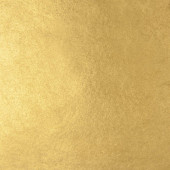
Cornelissen 85 Standard Gold Leaf 22 ct
Starting at: £69.80
-
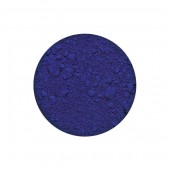
Oriental Blue Pigment
Starting at: £5.40
-
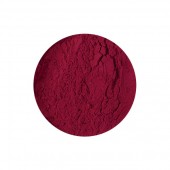
Quinacridone Magenta Pigment
Starting at: £5.50
-
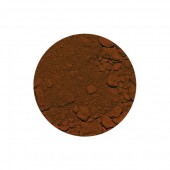
Mars Red Pigment
Starting at: £4.50
-
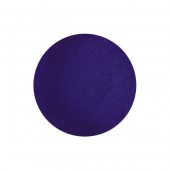
Prussian Blue Pigment
Starting at: £5.20
-
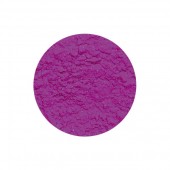
Cobalt Violet Light Pigment
Starting at: £10.00
-
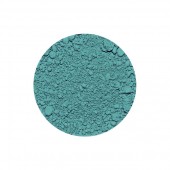
Cobalt Turquoise Pigment
Starting at: £15.00
-
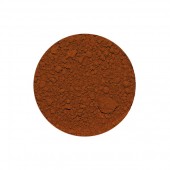
Pozzuoli Red Pigment
Starting at: £5.20
-
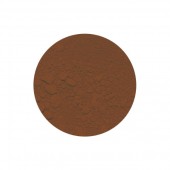
Cadmium Brown Pigment
Starting at: £10.00
-
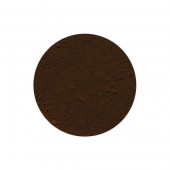
Indian Red Pigment
Starting at: £4.60
-
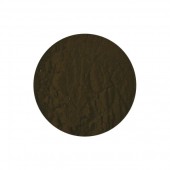
Van Dyke Brown Pigment
Starting at: £4.50
-
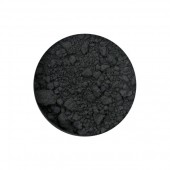
Lamp Black Pigment
Starting at: £6.70
-
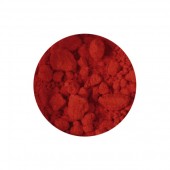
Cadmium Red Pigment
Starting at: £8.40
-
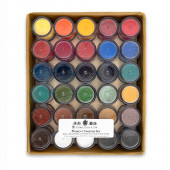
Cornelissen Pigment Set of 30 Colours
£130.00 -
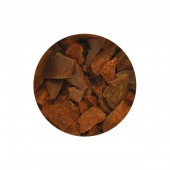
Gamboge Pipe Pieces
Starting at: £22.00
Call to Order
-
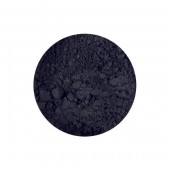
Ivory Black Genuine Pigment
Starting at: £38.00
-
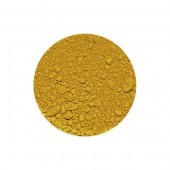
Mars Yellow Pigment
Starting at: £4.50
-
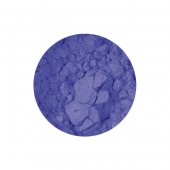
Smalt Light Pigment
Starting at: £5.20
-
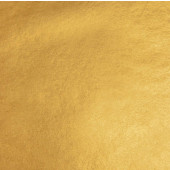
Cornelissen 85 Pure Gold Leaf Extra Thick 24 ct
Starting at: £79.80
-
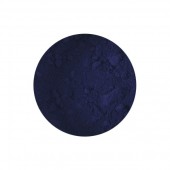
Indigo Blue Synthetic Pigment
Starting at: £5.50
-
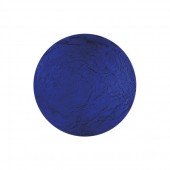
Blue Verditer Pigment
Starting at: £7.50
-
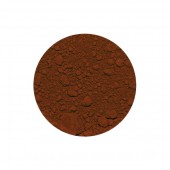
Red Ochre Pigment
Starting at: £4.00
-
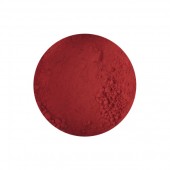
Alizarin Crimson Pigment
Starting at: £4.50
-
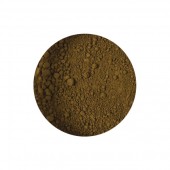
Raw Umber Pigment
Starting at: £4.00
-
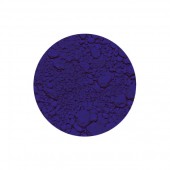
Ultramarine Blue Light Pigment
Starting at: £6.00
-
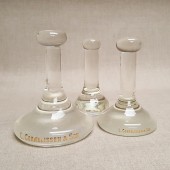
Cornelissen Glass Mullers
Starting at: £24.50
-
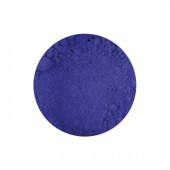
Cobalt Blue Pigment
Starting at: £6.50
-
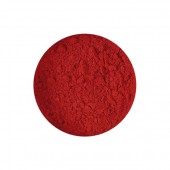
Quinacridone Scarlet Pigment
Starting at: £6.30
-
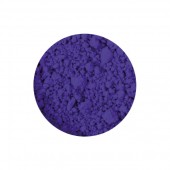
Ultramarine Blue Dark Pigment
Starting at: £4.00
-
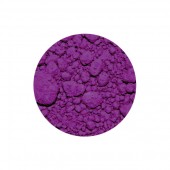
Manganese Violet Pigment
Starting at: £8.50





